Carbon Farming (Spirulina Cultivation): Rediscovering Prosperity through Carbon Neutrality ↗
What is Carbon neutral Farming? Carbon Neutral Farming: A Sustainable Approach to Agriculture Carbon neutral farming is an innovative agricultural...
Rit Rural Foundation has successfully trained over 100 small farmers to implement the multilayer farming model. This innovative approach enables farmers to grow 4–5 crops simultaneously, allowing them to optimize their time, effort, and overall harvest. As a result, thousands of crops have already been cultivated under this model. The seeds of change were first sown in Padri Kalan, Nevarna (Unnao district), Uttar Pradesh, Chaurasiyapur, and Raebareli — and the list continues to grow.
Growing a layered structure of trees around the boundaries. This protects crops, maintains microclimate and boosts biodiversity.
Aiming crop diversification in such a way that the crops grow better together. This includes tuber crops, ground crops, vines and trees.
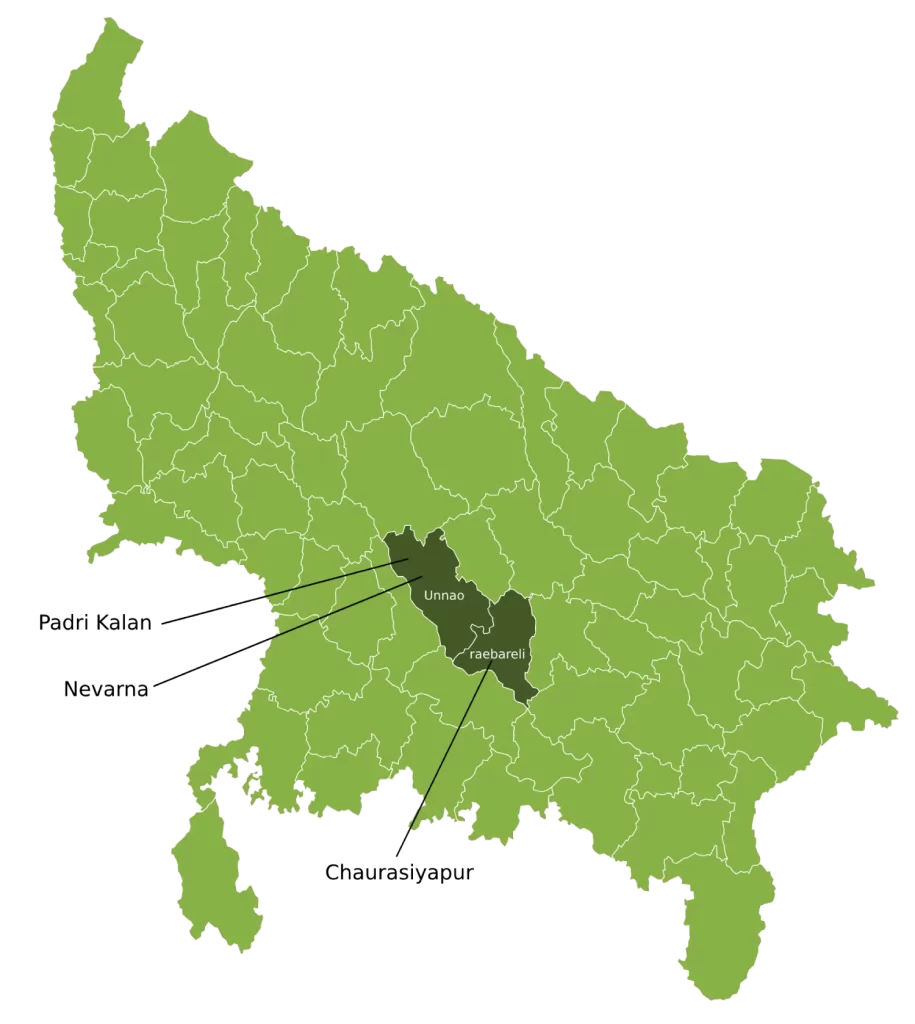
Reclaimed 200+ acres through reforestation and sustainable farming methods.
Reclaimed 200+ acres through reforestation and sustainable farming methods.
Supporting the commitment to sustainable farming, the farmers use organic inputs to prepare the land for sowing.
To reverse land degradation, efficient irrigation techniques are used.
With a strong vision in mind, our Rit team has merged agroforestry and organic farming methods to introduce farmers to the multilayer farming system. The broader goal is to restore the region’s natural ecosystem and protect biodiversity. The best part is that through this model, we are helping small farmers make a big impact as this model can be implemented on small land sizes: 1 or 2 acres.
To meet India’s global commitment to fight against climate change, we train the farmers on multilayer farming using organic inputs like vermicomposting, organic manures, and low tillage. A canopy-like structure is created by tall trees and creepers, which keeps the soil moist even in hot summers. This revives the soil’s health.
We’ve trained farmers on how to grow crops that don’t just coexist but work together. This helps fight pest control and results in the best use of farming inputs. To further strengthen the farming revolution, farmers have adopted sustainable irrigation methods.
At its core, this model is similar to the Nevarna Model. Nevarna models grow 4 – 5 crops across vertical layers to maximise land use. Youth and SHG participation in post-harvest processing is a common sight in the Nevarna model. It’s a win-win situation involving the preservation of the environment and providing sustainable jobs for youth.
What has begun as a model for a few districts so far, we dream of spreading it to every farmer across every state. This will help us build a future where every farmer, even with just 1-2 acres of land, can farm sustainably, double their income and keep the natural ecosystem intact.
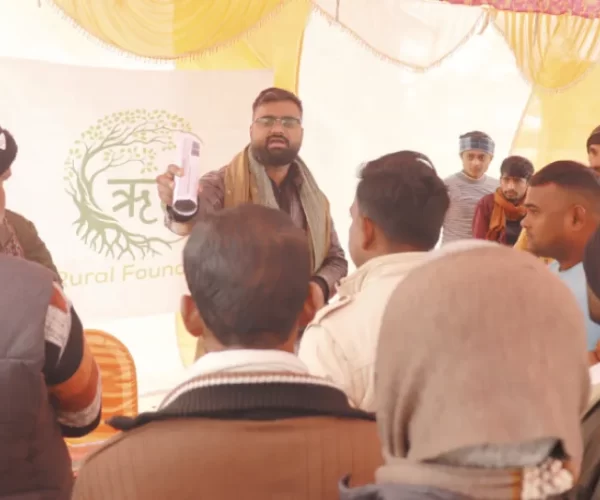
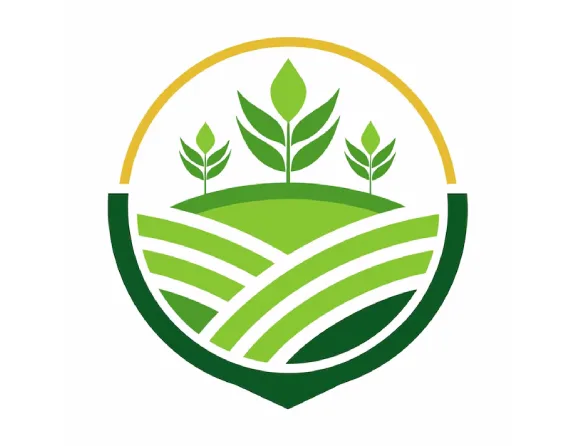
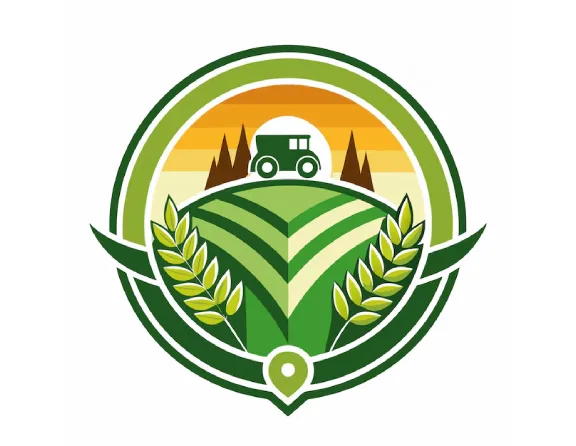
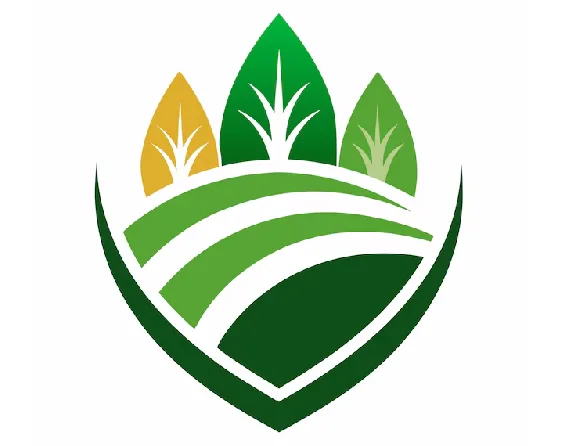

Carbon Farming (Spirulina Cultivation): Rediscovering Prosperity through Carbon Neutrality ↗
What is Carbon neutral Farming? Carbon Neutral Farming: A Sustainable Approach to Agriculture Carbon neutral farming is an innovative agricultural...

Creative Session at Rit’s Manjhgava Sevak Library ↗
Painting allows children an educational opportunity that is also fun and exciting. It aids children acquire hand-eye coordination, an important...

Multilayer Farming: Cultivating Prosperity with Climate-Smart Agriculture ↗
Several crops are grown and harvested in a single field at different levels or heights using a farming technique called...

Oxygen Forest: Breathing Life into The Himalayas ↗
Image 1 showcases the commitment of Rit Rural Foundation made in September, 2023 to halt migration and enhance the resilience...

Your monetary assistance is the lifeblood of our NGO. Help us sustain projects and implement programs.

Help us empower the most powerful tool for breaking through poverty and bringing about social equality and development.

Requesting you to bring fresh energy, diverse skills, and unique perspectives to our NGO. Be one behind the change.

Be the workforce, mind and heart of our NGO. Volunteer and inspire others with your reach and influence.
Join our mission—volunteer or intern to learn, contribute, and create change that matters.